Top 10 Iconic Race Numbers
All motorcycle racers have their own identity, some even have their own brand, and whether it’s a colour scheme or a helmet design, many have their own unique standing in the sport. However, one of the most iconic identities can be their race number and whilst in the 1950s and 1960s, riders simply took whatever number they were allocated from meeting to meeting, in the 1970s a trend started to emerge with riders having their own number all year long.
A world champion has the right to take the number one plate but countless riders, including many of the ones below, preferred to use the same number year after year whether for superstitious reasons or simple personal preference. Some have carried more weight than others and are symbolic and recognised all over the world so here are ten of the best.
Number 7 – Barry Sheene
Few would argue that Barry Sheene and the number 7 is the most iconic combination in motorcycling ever and the sport wouldn’t be where it is today without the double 500cc World Champion. His impact both on and off the track was simply huge and although his career didn’t start with number 7, when he adopted it in 1974 and had it emblazoned on the back of his leathers it took his status to new heights. Instantly recognizable, Sheene’s trademark number seven became known all round the world and still is today.
It all came about in 1974 when, at the start of the year, Barry raced at the Daytona 200 and drew the starting number seven. It became his lucky number and remained with him right until his retirement at the end of 1984 and his impact on the sport during that period was simply huge and still talked about to this day. No one did as much for the sport in the UK, on or off the track, or even the world and the fact that he’s still spoken about so much today speaks for itself.
Barry Sheene at Scarborough 1980 credit Phil Wains Family Archive
Number 46 – Valentino Rossi
Valentino Rossi has run the number 46 in all of his Grand Prix racing seasons, which started all the way back in 1996 and he has continuously shunned the chance to run the number one plate following any of his world championship winning seasons. The Italian chose the number 46 as this was the number used regularly by his father Graziano who won his first Grand Prix, the 1979 250cc race in Yugoslavia, with it.
Choosing the number when he started racing, Valentino has used it ever since although he has carried a number one on the back of his Dainese leathers in reference to his world championship success. Speaking after his last world title, Rossi said: “I will definitely keep 46 because it is my number and everyone knows it. Sometimes I am a bit sad because number one is also a great number, but I always ride with 46 and I want to continue. I will have the number 1 on my back as in the past.”
Valentino Rossi at Qatar in 2010, credit Phil Wains Family Archive
Number 3 – Joey Dunlop
As well as being the most successful road racer ever, Joey Dunlop was also one of the most iconic and if you were to ask anyone what two things they associated with him the most, they’d say his yellow Arai helmet and the number three. It took a long while for Dunlop to adopt the number though and, with a career that started in 1969 it was only in 1980 that he first started to use the number. Indeed, the first major success he had with it adorned to his bike was the memorable 1980 Classic TT race when he defeated the works Honda’s of Mick Grant and Ron Haslam on his privateer Rea Racing 750cc Yamaha.
From that moment on, it became the most famous number in road racing and only on a few rare occasions did he ride with another number, the Senior TT races of the late 1990’s – when riders were seeded according to the fastest practice speeds – being prime examples and the 1999 TT meeting when he opted for the number 12 plate in order to chase his rivals down. It remains the most famous number ever in real road racing.
Joey Dunlop at 1984 TT credit Phil Wain’s Family Archive
Number 34 – Kevin Schwantz
Whilst many other riders can lay claim to being more successful, Kevin Schwantz can lay claim to being one of motorcycle racing’s true stars and even though the Texan retired over twenty years ago, from the moment he took the first of his 24 500 GP wins as a full-time rider in 1988, Schwantz has enjoyed worldwide acclaim. Intrigued by his laid-back style off the track and daring win-it-or-bin-it approach on it, his attitude captivated audiences and fans loved his determination to master the fearsome Lucky Strike Suzuki RGV.
The famous number 34 first appeared in the UK at the 1986 Transatlantic Match Races at Donington Park where his swashbuckling riding style caught the attention of many and such was his popularity in this country, Donington named a corner after him once he’d hung up his leathers. Only injuries and the talents of bitter rival Wayne Rainey stopped him winning more than his one world crown in 1993 and when Schwantz’s battered body cried no more in 1995 at the Italian GP in Mugello, he bid an emotional farewell to racing. In honour of his achievements, his famous number 34 was retired.
Kevin Schwantz at Salzburgring, 1988, credit Phil Wain’s Family Archive
Number 69 – James Whitham/Nicky Hayden
The UK’s James Whitham made the number 69 famous when he started using it early on his career in 1987, keeping it every year until he retired at the end of the 2002 season. Back in the 1980s, the Huddersfield racer had a reputation for being fast but also as bit of a crasher especially in his first seasons on a big four-stroke and it’s reputed he chose the number because it looks the same upside down, which came in handy when he was lying in a gravel trap!
Towards the end of the 1990s, another rider was carving a bit of a reputation for himself on the other side of the Atlantic and he too ran the number 69 – Nicky Hayden. The Kentucky Kid’s reason for using it though was a lot simpler in that his Dad Earl had raced with the number too. Whitham’s career ended just as Hayden was arriving in Europe to do battle in the MotoGP World Championship, which he would win in 2006, and with the exception of 2007 when he took the number one plate, the American ran the number right up until his tragic death in a road accident earlier this year.
James Whitham at Brands Hatch in 1988, credit Phil Wain’s Family Archive
Number 99 – Jorge Lorenzo
Jorge Lorenzo’s GP career started in 2002 with him running the number 48 which he ran until 2007 when he took the number one plate for the defense of his 250cc world crown. It was back to number 48 for his first season in MotoGP in 2008 but at the end of that particular season, a split from his then manager Daniel Amatrian, who himself had used 48, led to him searching for a new number. And in an unusual twist, he left half of the decision making to his fans.
After proposing four choices – 23, 99, 87 and the same 48 – to readers of Spanish sports newspapers Marca and Sport, Lorenzo narrowed the shortlist down to two numbers, 23 and 99, and ultimately opted for the latter for the 2009 season. And, with the exception of 2011 when he again chose the number one plate, he’s kept number 99 ever since, the unique style also making it one of the most iconic and instantly recognisable numbers in the sport.
Jorge Lorenzo at Qatar, 2010, credit Phil Wain’s Family Archive
Number 65 – Loris Capirossi/Jonathan Rea
With his Grand Prix career lasting from 1990 until 2011, Loris Capirossi became the first rider to chalk up 300 Grand Prix starts and for 17 of those seasons, he ran with the number 65 plate, starting out in 1990 when he won the 125cc World Championship when aged just 17. He took the number one plate on two occasions, in 1991 and 1999, but so famous was the 65 and so illustrious was Capirossi’s career, the number was officially retired from the MotoGP class when he retired at the end of the 2011 season.
In the UK, the number was used right from the beginning of his road racing career by Jonathan Rea, starting off in the 2003 125cc British Championship. He continued to use it when he moved onto the world stage in 2008 and only since he became World Superbike Champion did he decide to change it, opting to go with the number one.
Jonathan Rea WSBK 2016 image credit jonathanrea Twitter
Number 58 – Marco Simoncelli
Italian Marco Simoncelli made his Grand Prix debut in 2002 and for his first full season in 2003, he first started to use the iconic number 58 on his bike. At that time, few would have thought he would have such an impact on the sport but just a year later he took his first Grand Prix with his big hair and toothy grin endearing him to many. From that moment on, his popularity steadily increased and by the time he arrived in MotoGP, he’d added the 2008 250cc World Championship to his collection.
Moving to MotoGP in 2010, Simoncelli was initially met with hostility from his rivals as his all-action style ruffled a few feathers but by 2011 he’d been accepted and considered by all as a major threat. In late 2011 though, he crashed at the Malaysian GP and was struck by both Valentino Rossi and Colin Edwards, later succumbing to his injuries. In September 2016, it was announced that Simoncelli’s racing number 58 would be retired from all classes of Grand Prix racing competition becoming only the third number to be retired, after Kevin Schwantz’s number 34 and Daijiro Katoh’s 74.
Number 1 – Various
Without doubt, one of the most iconic race numbers within the sport is the number one plate itself – the plate worn by countless champions for decades all across the world. All champions are given the option of running the number one plate the following season after their title success and whilst, as mentioned, there are those riders who choose to stick with their own personal number, the majority have swapped for the symbolic number and carried it with pride as they’ve looked to defend their crown.
Becoming champion is what all riders strive for and the number one plate is a huge status symbol. Indeed, it reminds everyone around them of just exactly who is the current ‘number one’ and the privilege of carrying it for a year can be the proudest moment of a rider’s career.
John McGuinness on the Honda Racing bike during this mornings Vauxhall International North West 200 SuperBike practice session. Picture Charles McQuillan/Pacemaker.
Number 13 – Various
The number 13 has often been considered unlucky in the UK but it hasn’t stopped riders from using it and those that have are remembered more than most. During the 1980s, Chris Guy – who was Ron Haslam’s team-mate at Pharoah Racing before riding for Sid Griffiths and then running his own team – was never without it. Guy had some fine results, including a podium at the TT, but also suffered a number of high speed crashes whilst his career ultimately came to an end due to financial issues brought about by an unsuccessful Grand Prix campaign.
More recently, Lee Johnston has run the number and enjoyed some great success on the roads with numerous wins and podiums at the likes of the North West 200, Ulster Grand Prix and TT. In mainland Europe, the number isn’t deemed unlucky and the rider who it is most linked to it is Loris Reggiani who ran number 13 for numerous years. He undoubtedly had some bad luck during his career but was also highly successful with over 40 Grand Prix podiums taken.
Loris Reggiani in 1992. credit Phil Wain’s Family Archive
And a few more…
Number 93 (Marc Marquez), 27 (Casey Stoner), 19 (Freddie Spencer), 67 (Shane Byrne), 10 (Mick Grant), 45 (Colin Edwards), 11 (Roger Marshall), 16 (Keith Huewen), 6 (Steve Parrish).
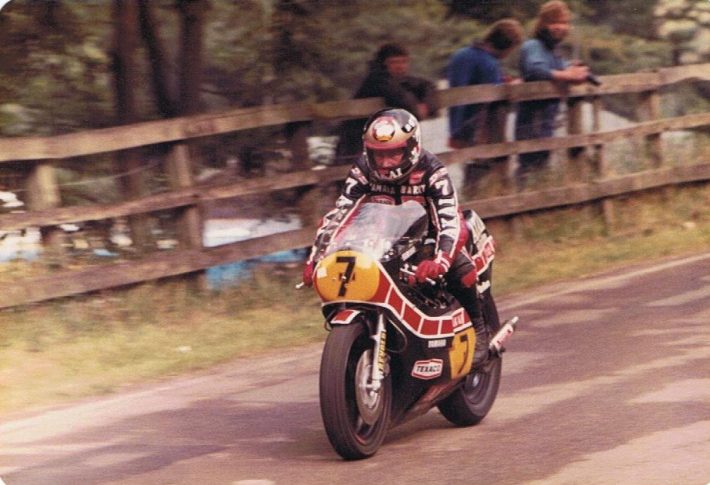
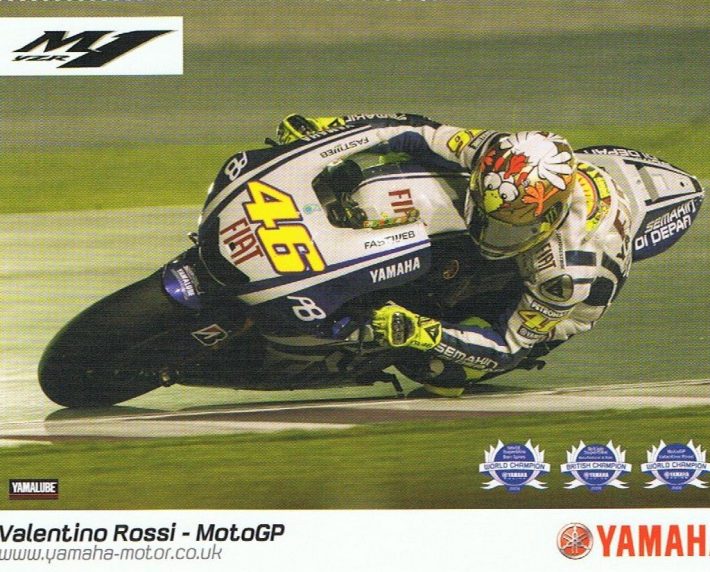
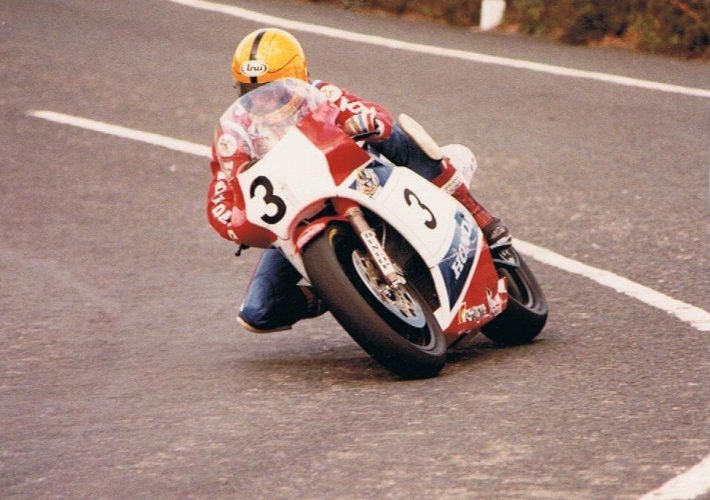
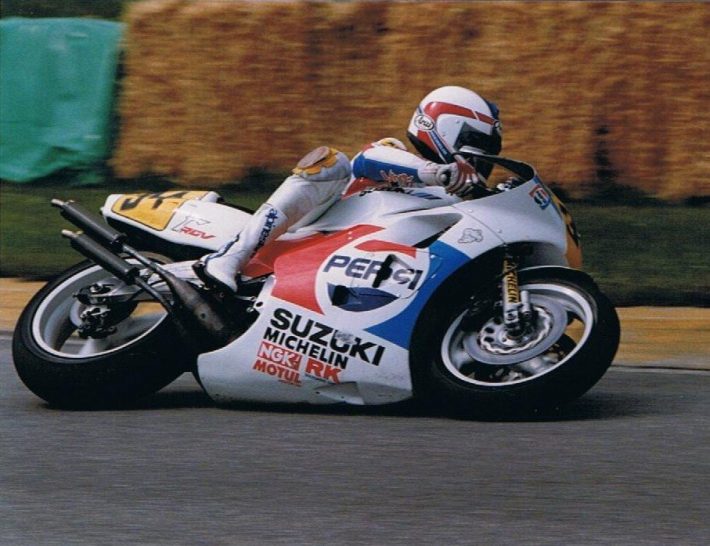
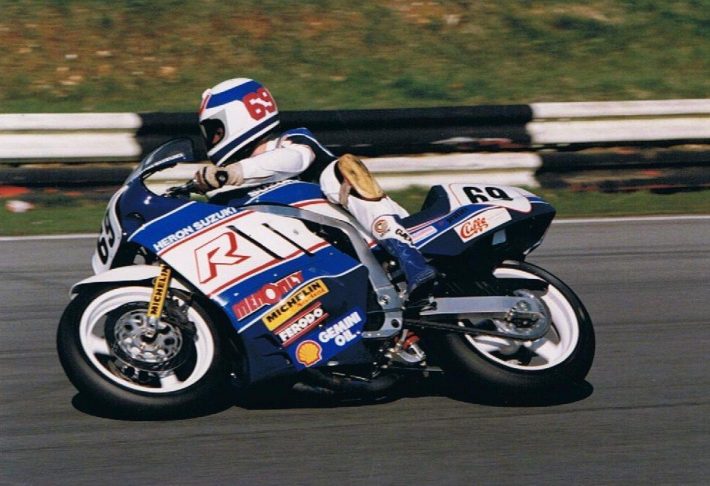
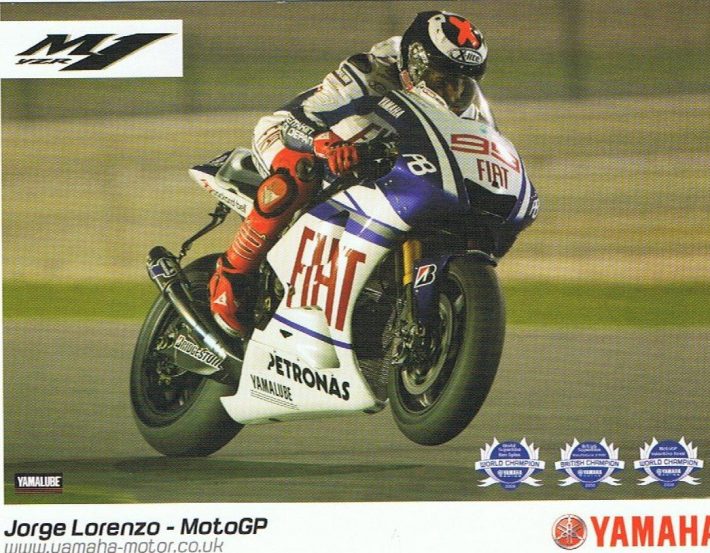
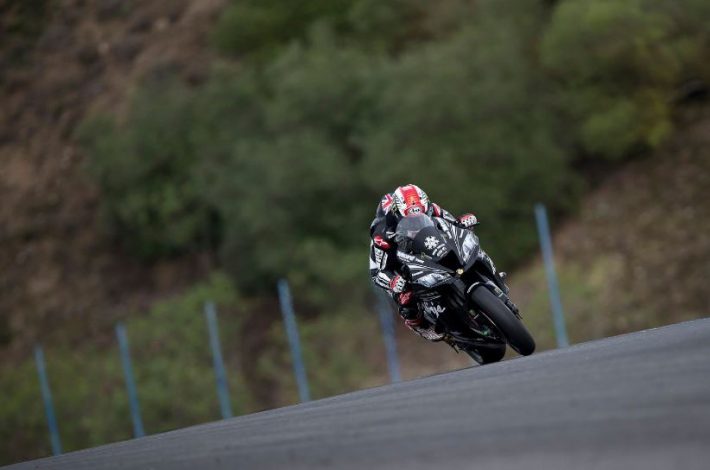
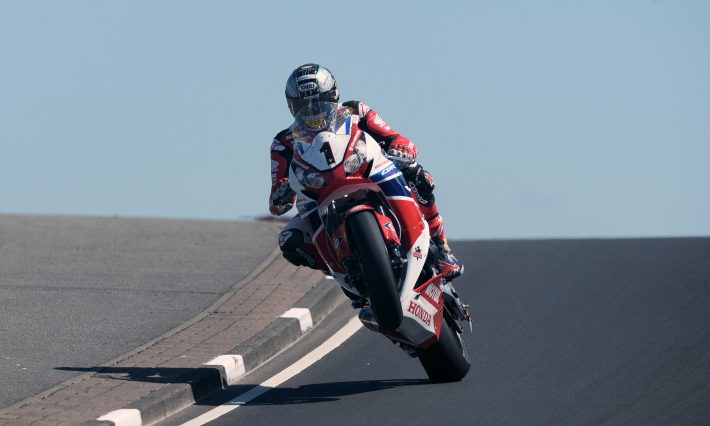
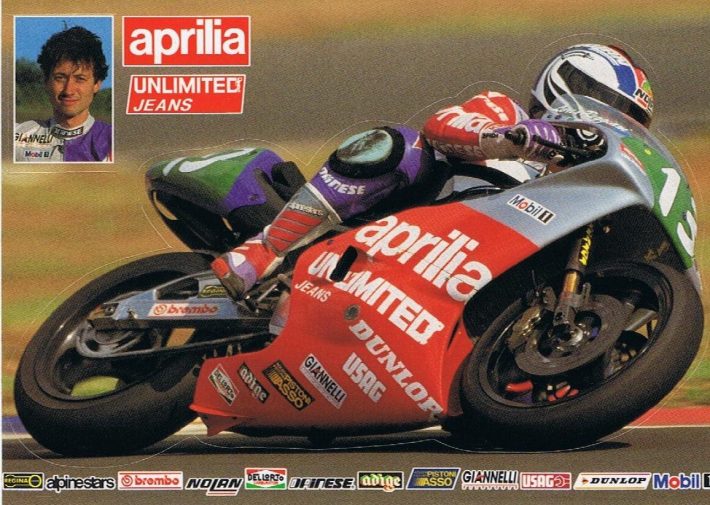
2 comments on “Top 10 Iconic Race Numbers”
What a load of nonsense. The refusal of Barry Sheene to carry the #1 on the Suzuki as defending World Champion was wrong then and it’s wrong now. Kenny Roberts looked right with the number that identified him as the then World Champion and all the those who did likewise in the following years showed true respect for the sport of motorcycle racing. Mind you, when I was racing at club level in the mid to later 1970s, you were allocated your race number by the organisers for each separate meeting; so what do I know…
10 jimmy meadows . 27/28 baybutt brothers